Home>Furniture & Design>Interior Design Trends>How To Soften Butter With A Glass
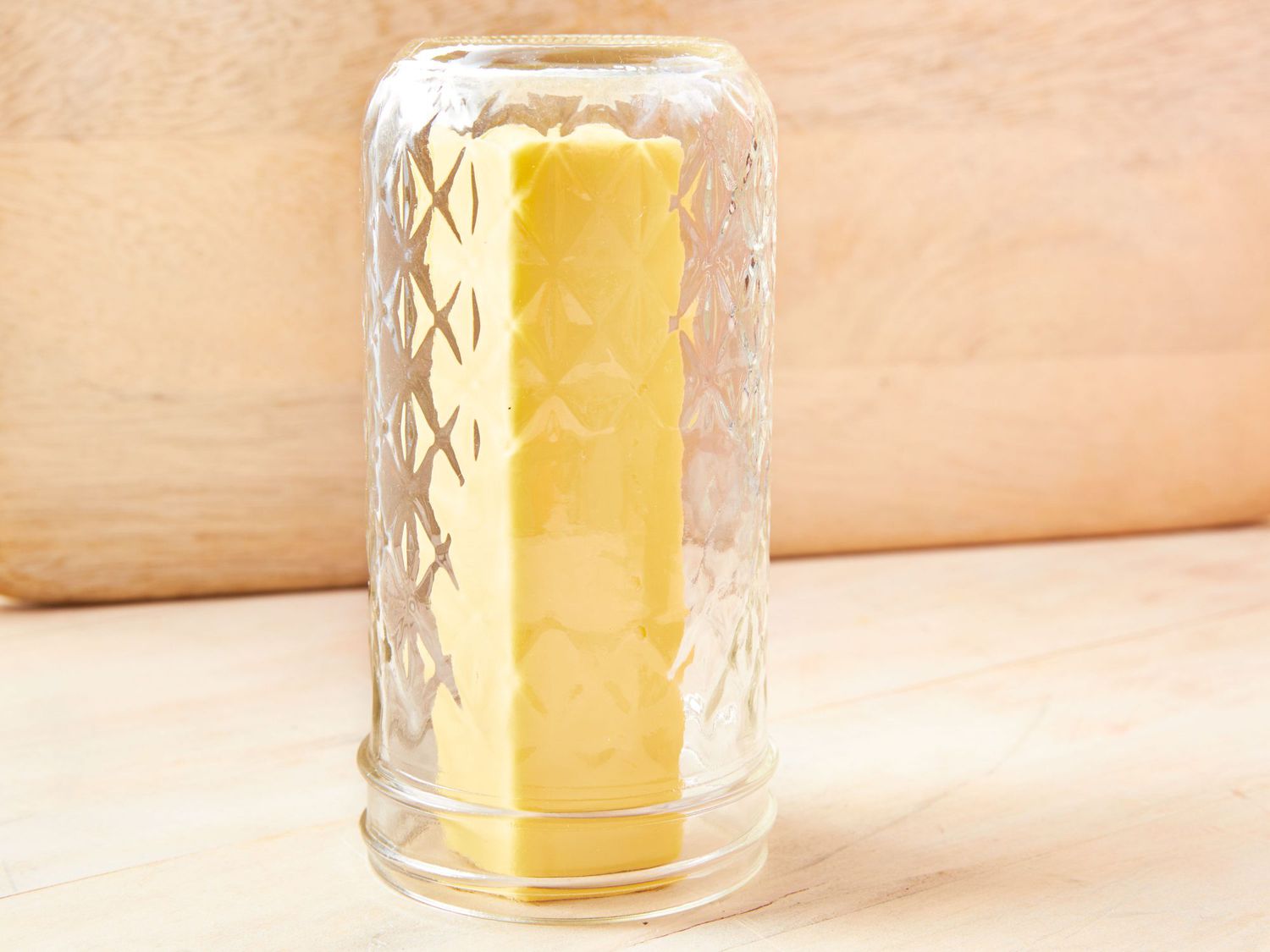

Interior Design Trends
How To Soften Butter With A Glass
Published: February 3, 2024
Learn how to soften butter quickly using a glass and other interior design trends to elevate your space. Discover the latest tips and tricks for a stylish home.
(Many of the links in this article redirect to a specific reviewed product. Your purchase of these products through affiliate links helps to generate commission for Storables.com, at no extra cost. Learn more)
Introduction
Softening butter is a common kitchen task that often requires a bit of patience. Whether you're preparing to bake a batch of delectable cookies or whip up a creamy buttercream frosting, having softened butter at the ready is essential. While there are various methods to achieve the perfect softened butter consistency, one unique and effective approach involves using a glass. This simple yet ingenious technique can save time and effort, ensuring that your butter reaches the ideal softness for effortless incorporation into your culinary creations.
Softening butter with a glass is a versatile method that can be employed in diverse kitchen settings, from bustling bakeries to cozy home kitchens. By harnessing the gentle warmth and pressure generated within the glass, you can transform cold, firm butter into a spreadable, mixable delight. This method is not only practical but also offers a touch of kitchen magic, adding a sense of wonder and creativity to the cooking process.
In the following sections, we will delve into the materials needed and the step-by-step process for softening butter with a glass. Additionally, we will explore valuable tips and tricks to ensure that your butter-softening endeavors yield consistently excellent results. Whether you're a seasoned baker or a novice cook, mastering the art of softening butter with a glass can elevate your culinary skills and streamline your kitchen routines. So, let's embark on this delightful journey of transforming solid butter into a velvety, ready-to-use ingredient, all with the help of a simple glass.
Key Takeaways:
- Soften butter with a glass by placing cold butter in a heatproof glass submerged in warm water. Wait patiently and enjoy the velvety, spreadable result for your culinary creations.
- Elevate your cooking experience by mastering the art of softening butter with a glass. Embrace the gentle alchemy that transforms solid butter into a creamy delight, adding a touch of kitchen magic to your recipes.
Read more: How To Soften Butter Quickly With Glass
Materials Needed
To embark on the journey of softening butter with a glass, you'll need just a few simple materials that are likely already nestled within your kitchen cabinets. Here's what you'll need:
-
Butter: The star of the show, your butter should be cold and firm, straight from the refrigerator. Whether you prefer salted or unsalted butter, this method can accommodate both types, ensuring that your butter softens to perfection.
-
Glass: Opt for a sturdy, heatproof glass that can withstand temperature changes. A standard drinking glass or a small, heat-resistant glass bowl will work splendidly for this purpose. The glass should be wide enough to comfortably accommodate the amount of butter you intend to soften.
-
Warm Water: Access to warm water, either from the tap or heated in a kettle, is essential for this method. The water temperature should be comfortably warm to the touch but not scalding hot. This gentle warmth will facilitate the softening process without melting the butter.
-
Knife or Spatula: While not absolutely necessary, having a knife or spatula on hand can be helpful for transferring the softened butter to your recipe or serving dish once the process is complete.
These uncomplicated materials, combined with a touch of culinary finesse, will set the stage for effortlessly softening butter with a glass. With these items at your disposal, you're ready to embark on the delightful journey of transforming solid butter into a velvety, ready-to-use ingredient, all with the help of a simple glass.
Steps to Soften Butter with a Glass
-
Prepare the Butter: Begin by unwrapping the desired amount of cold, firm butter from its packaging. If needed, use a knife to slice the butter into smaller chunks, making it easier to work with and ensuring even softening.
-
Place the Butter in the Glass: Next, carefully place the cold butter chunks into the heatproof glass or bowl. The vessel should be spacious enough to accommodate the butter without overcrowding, allowing for optimal heat distribution.
-
Warm the Glass: Fill a separate container with warm water, ensuring that the water temperature is comfortably warm to the touch but not hot. Submerge the glass containing the butter in the warm water, allowing the gentle heat to envelop the butter.
-
Wait Patiently: As the butter rests in the warm water, the gentle heat will gradually soften it to the desired consistency. The process may take a few minutes, depending on the initial firmness of the butter and the ambient temperature of the surroundings.
-
Check the Butter: Periodically assess the butter's softness by gently pressing the surface with a knife or spatula. The butter should yield to gentle pressure without being fully melted, indicating that it has reached the ideal softness for immediate use in recipes or as a delectable spread.
-
Transfer and Enjoy: Once the butter has softened to the desired consistency, carefully remove the glass from the warm water. Using a knife or spatula, transfer the softened butter to your recipe, mixing bowl, or serving dish. Embrace the velvety texture and delightful spreadability of the softened butter as you incorporate it into your culinary creations.
-
Clean and Store: After softening the butter, ensure that the glass is thoroughly cleaned and dried for future use. Store any remaining softened butter in an airtight container in the refrigerator, ready to add a touch of creamy indulgence to your next culinary masterpiece.
By following these simple yet effective steps, you can harness the gentle warmth and pressure within a glass to transform cold, firm butter into a delightfully softened state. This method offers a seamless and efficient approach to achieving the perfect butter consistency, ensuring that your culinary endeavors are infused with a touch of kitchen magic.
Tips and Tricks
Mastering the art of softening butter with a glass involves more than just the basic steps. To elevate your butter-softening prowess and ensure consistently exceptional results, consider the following tips and tricks:
1. Butter Temperature Awareness
Understanding the ideal temperature for softened butter is crucial. For most recipes, softened butter should be pliable and easy to mix, yet still hold its shape. Avoid allowing the butter to become overly warm or partially melted, as this can compromise the texture and structure of your culinary creations.
Read more: How To Soften Honey In Glass Jar
2. Room Temperature Butter
If you anticipate the need for softened butter in the near future, consider setting out the desired amount of butter at room temperature. This allows the butter to naturally soften without the need for immediate use, streamlining your cooking or baking process.
3. Precision Slicing
When preparing the butter for softening, aim for evenly sized chunks or slices. This promotes uniform softening and reduces the overall time required for the butter to reach the desired consistency.
4. Gentle Heat Management
Ensure that the warm water used to soften the butter is comfortably warm to the touch. Avoid using hot or boiling water, as this can lead to uneven softening or, in extreme cases, partial melting of the butter.
5. Patience and Monitoring
While the butter softens in the glass, exercise patience and periodically check its consistency. Avoid rushing the process, as gradual softening ensures optimal texture and usability.
Read more: How To Soften Pillows
6. Adjusting Softness
Depending on your specific recipe or application, you can tailor the softness of the butter to suit your needs. For instance, if a recipe calls for very soft butter, you can allow the butter to soften slightly beyond the standard pliable consistency.
7. Efficient Transfer
When transferring the softened butter from the glass to your recipe or serving dish, use a knife or spatula to ensure a smooth and controlled transfer. This minimizes waste and maintains the butter's velvety texture.
8. Storage Considerations
If you have softened more butter than needed, store the excess in an airtight container in the refrigerator. This preserves the softened state for future use and minimizes food waste.
By incorporating these tips and tricks into your butter-softening endeavors, you can refine your technique and achieve consistently outstanding results. Whether you're crafting delectable pastries, sumptuous sauces, or irresistible spreads, the art of softening butter with a glass becomes a seamless and rewarding aspect of your culinary repertoire.
Conclusion
In conclusion, the method of softening butter with a glass presents a delightful blend of practicality and culinary enchantment. By harnessing the gentle warmth and pressure within a simple glass, you can effortlessly transform cold, firm butter into a velvety, ready-to-use ingredient. This approach offers a versatile and efficient solution for achieving the ideal butter consistency, whether for baking, cooking, or everyday enjoyment.
The process of softening butter with a glass not only streamlines kitchen routines but also infuses the culinary experience with a touch of kitchen magic. As the butter gradually softens within the glass, it undergoes a captivating metamorphosis, transitioning from a solid state to a lusciously pliable form. This transformation mirrors the essence of culinary creativity, where simple ingredients evolve into delectable masterpieces.
Furthermore, the adaptability of this method makes it suitable for various kitchen settings, from bustling professional kitchens to cozy home cookeries. Whether you're preparing a batch of indulgent cookies, crafting a rich buttercream frosting, or simply seeking a spreadable delight for your morning toast, softening butter with a glass offers a seamless and rewarding process.
By incorporating the materials needed, following the step-by-step process, and embracing valuable tips and tricks, you can refine your butter-softening technique and consistently achieve exceptional results. The art of softening butter with a glass transcends mere culinary functionality, becoming a delightful ritual that enhances the overall cooking and baking experience.
As you embark on your culinary adventures, may the method of softening butter with a glass serve as a whimsical yet practical tool in your kitchen repertoire. Embrace the gentle alchemy that occurs within the glass, transforming cold butter into a creamy indulgence that elevates your culinary creations. With a touch of warmth, patience, and a simple glass, you can embark on a delightful journey of butter-softening mastery, infusing your kitchen endeavors with a sprinkle of enchantment and a dollop of culinary finesse.
Frequently Asked Questions about How To Soften Butter With A Glass
Was this page helpful?
At Storables.com, we guarantee accurate and reliable information. Our content, validated by Expert Board Contributors, is crafted following stringent Editorial Policies. We're committed to providing you with well-researched, expert-backed insights for all your informational needs.
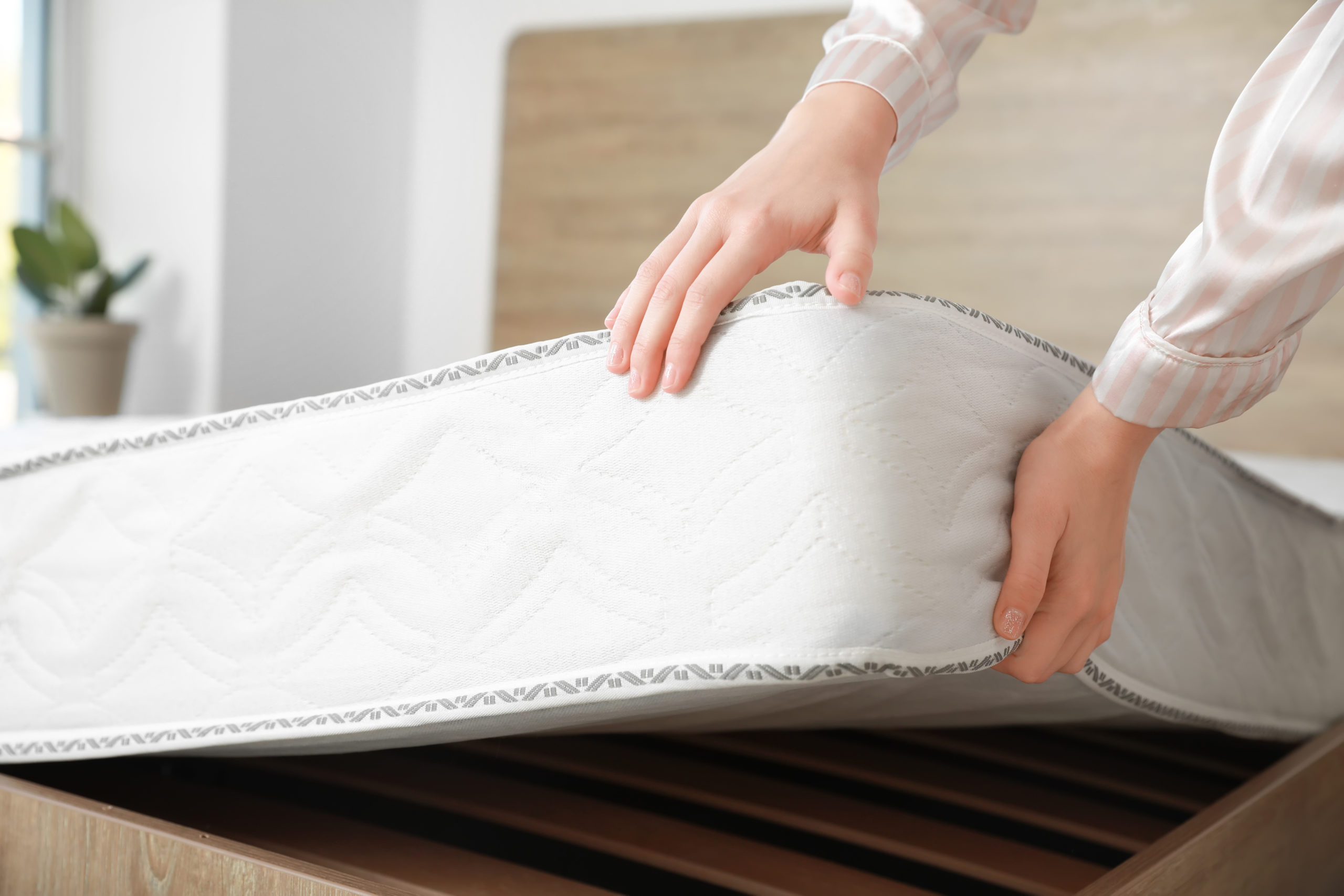
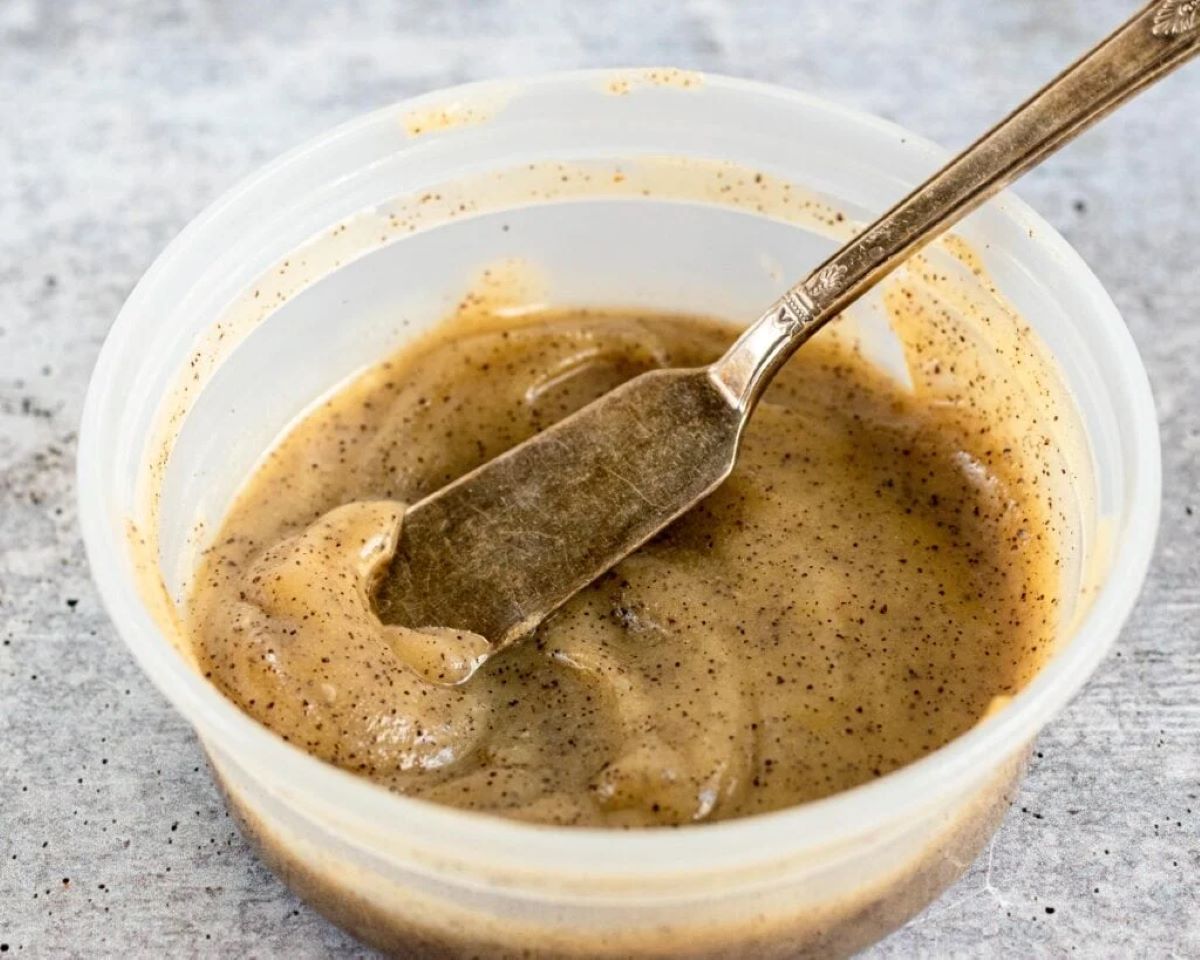
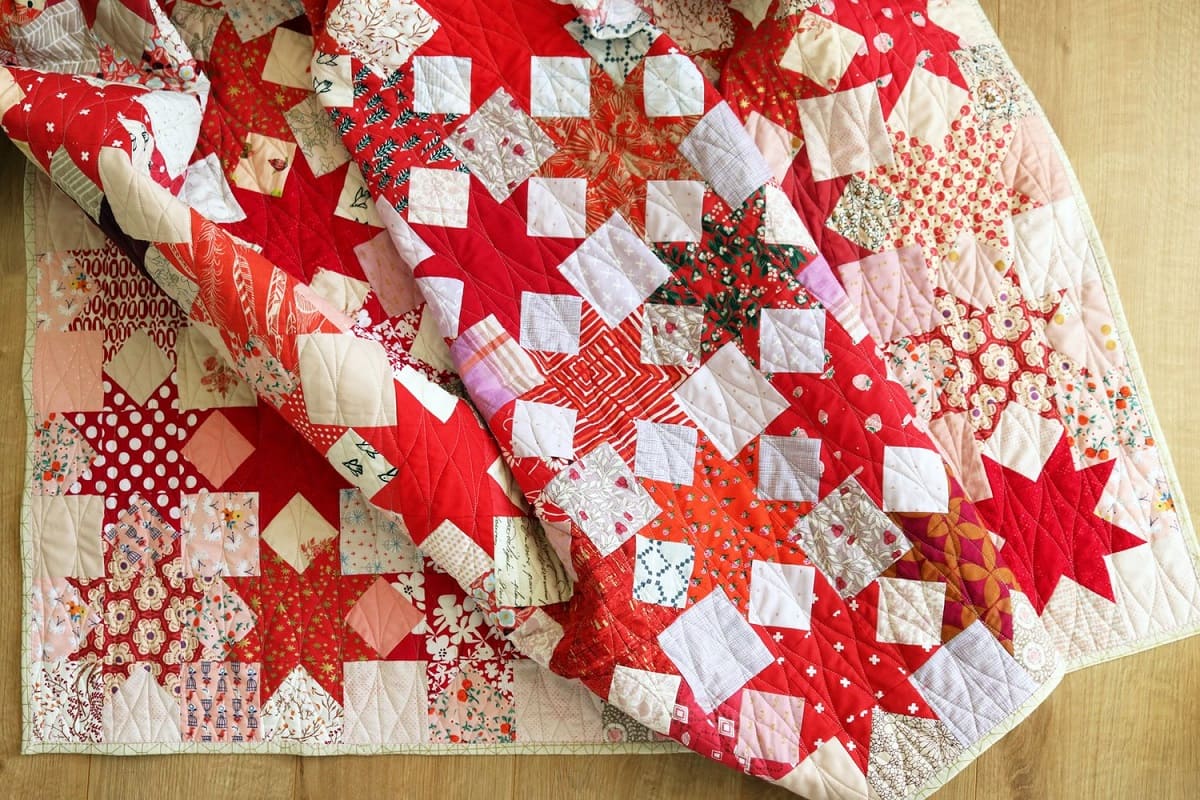
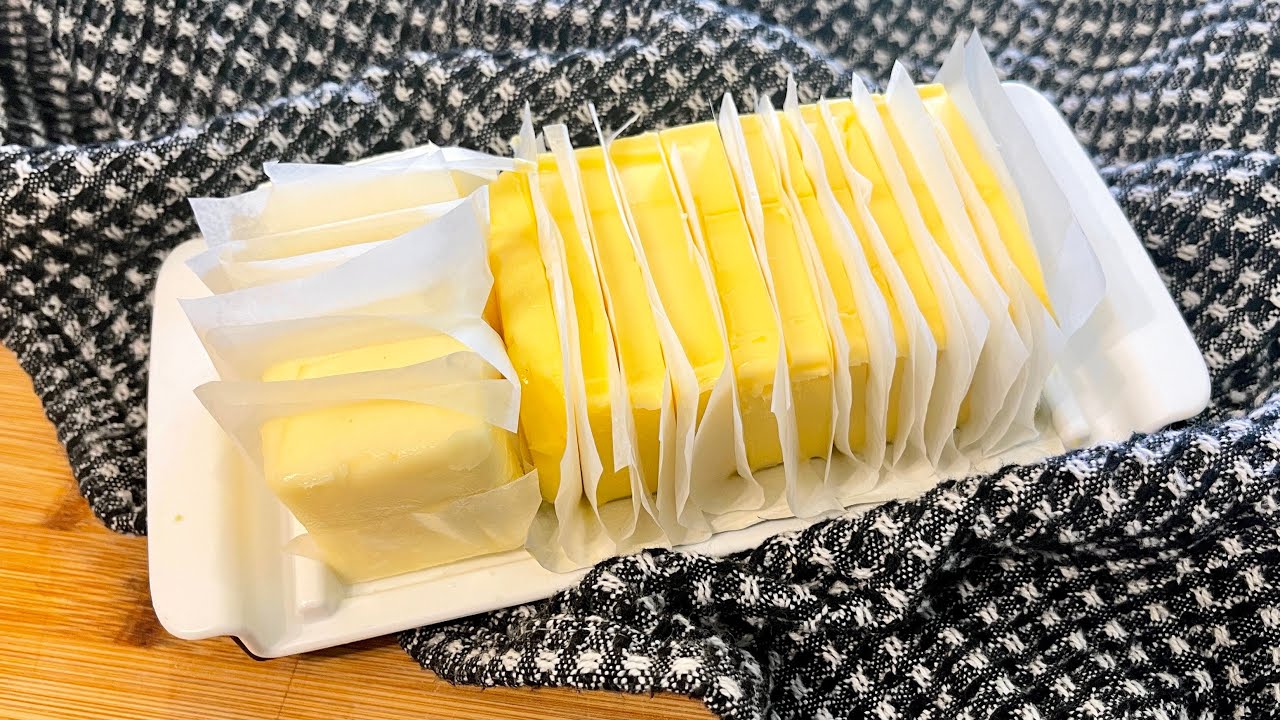
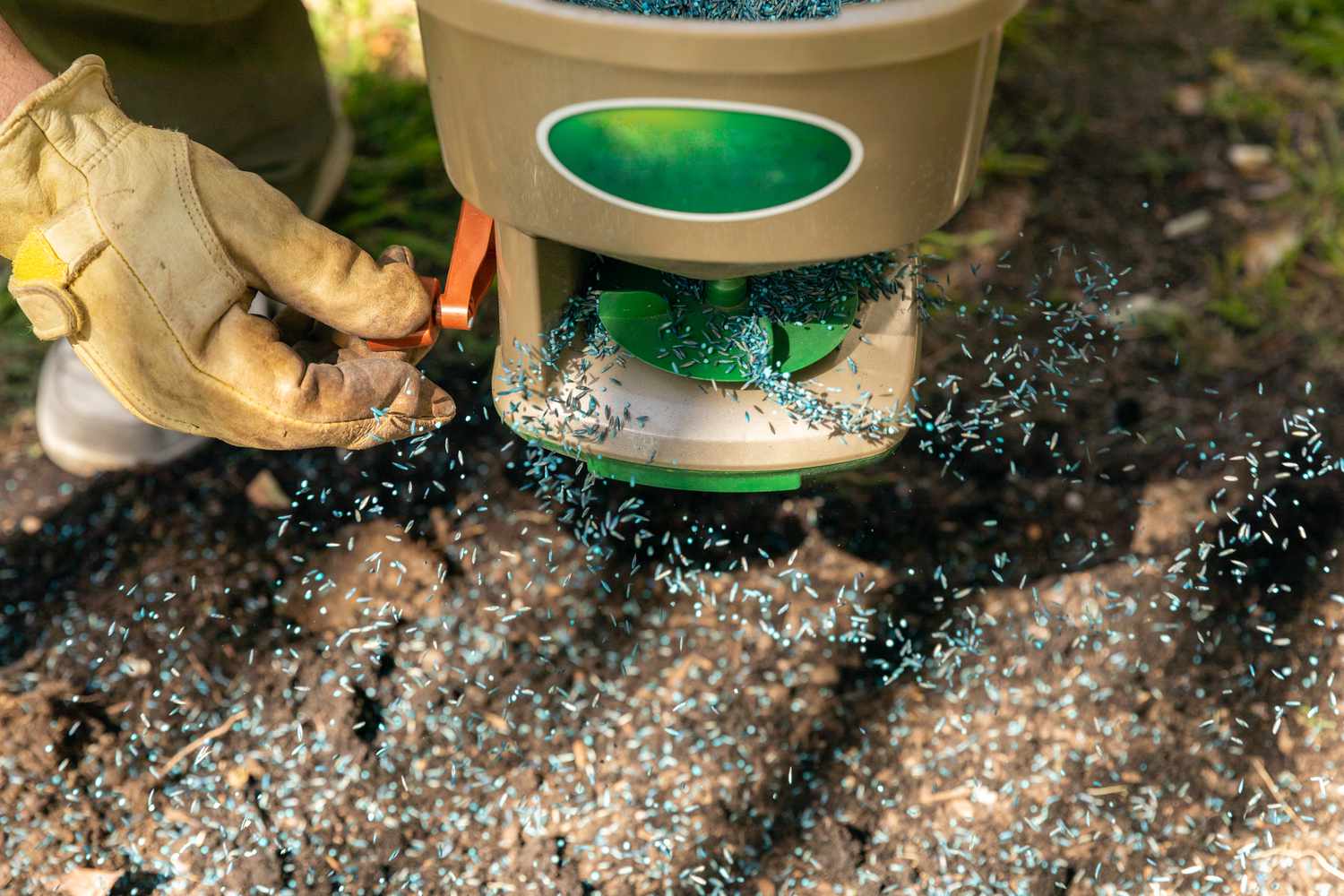
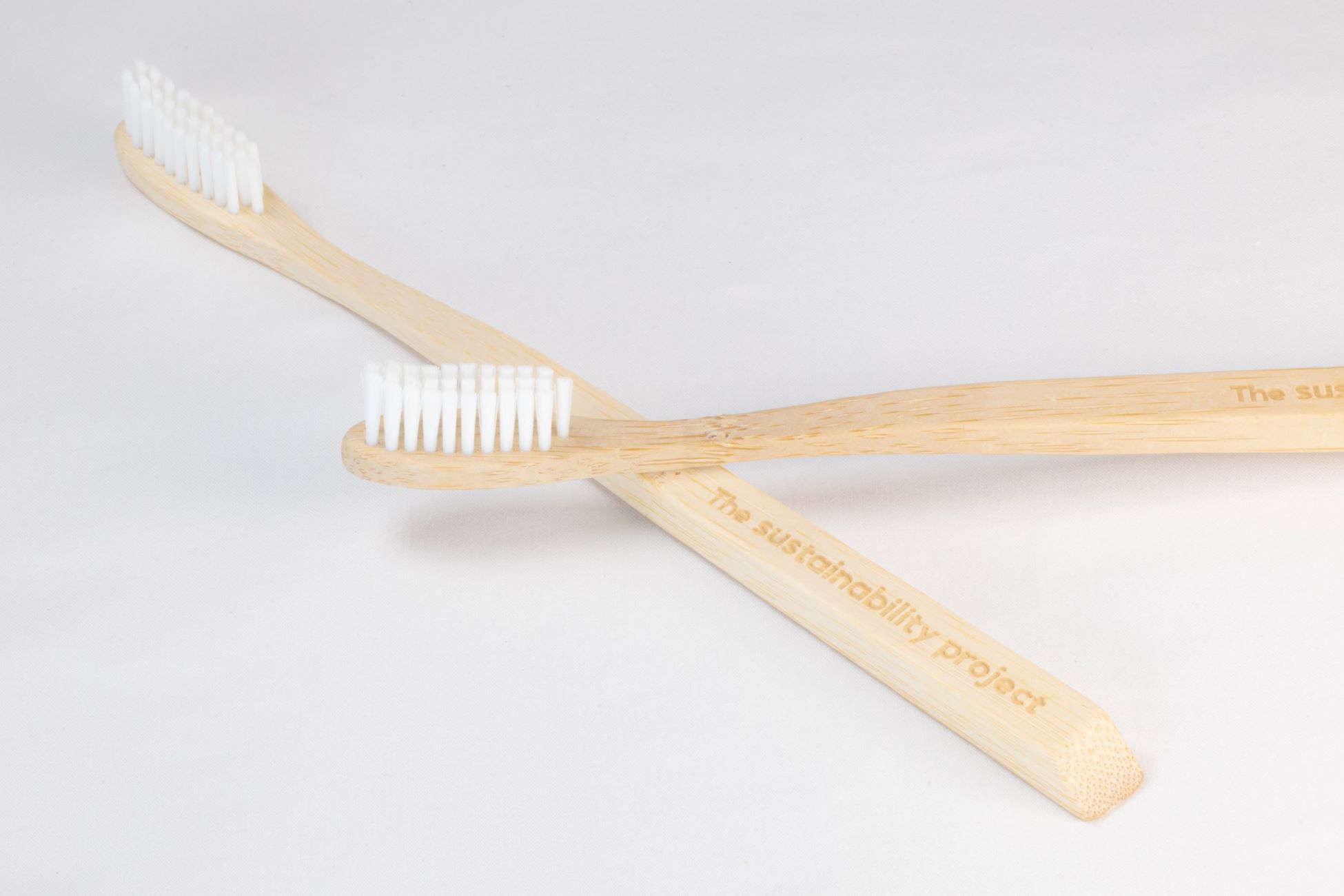

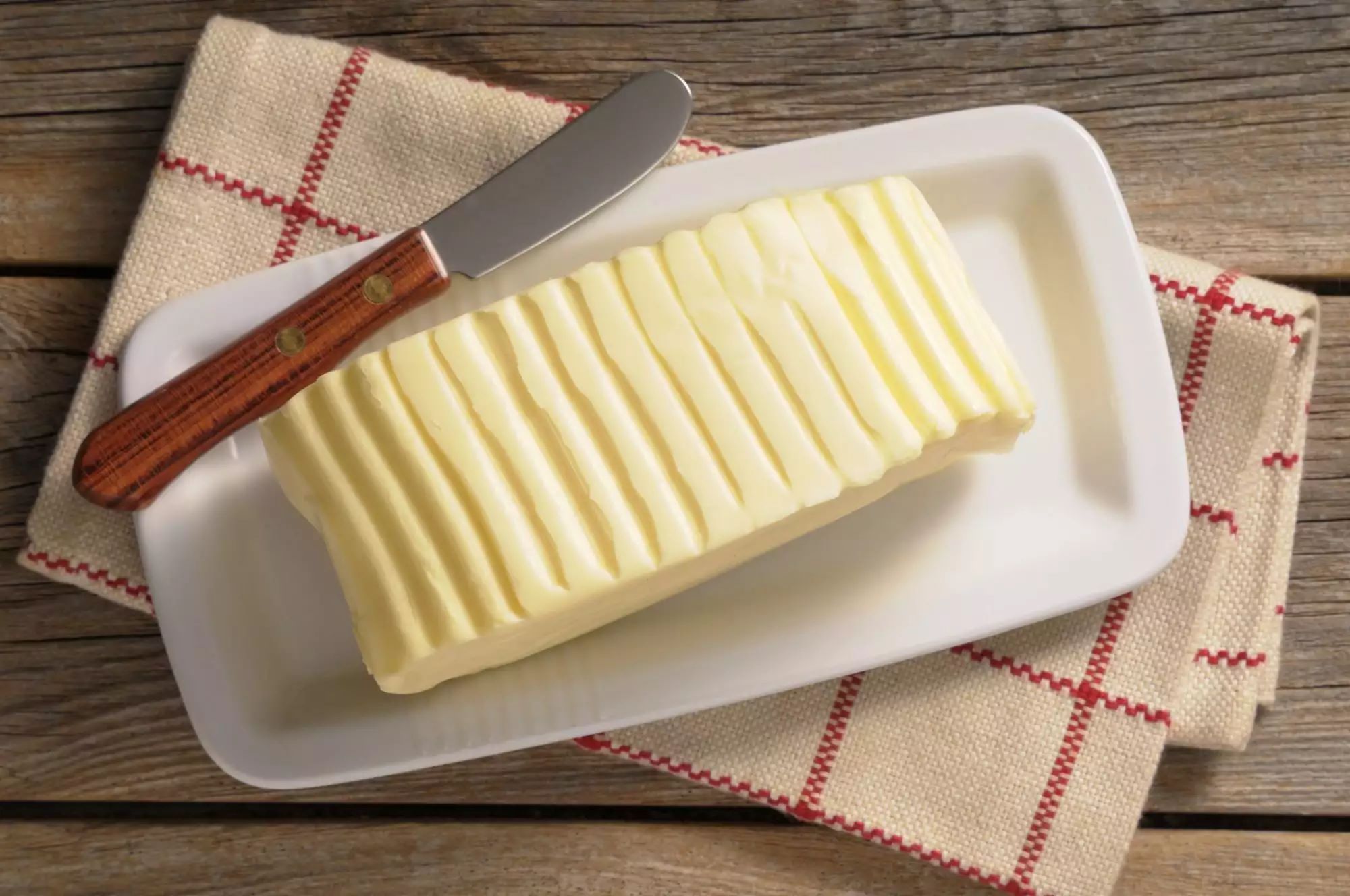
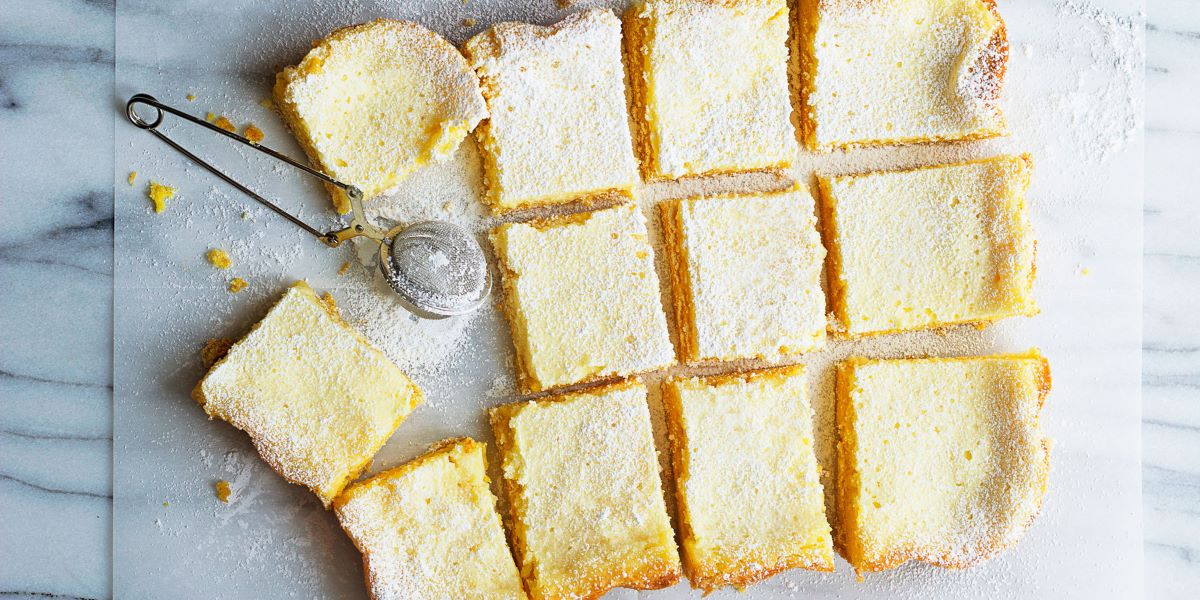
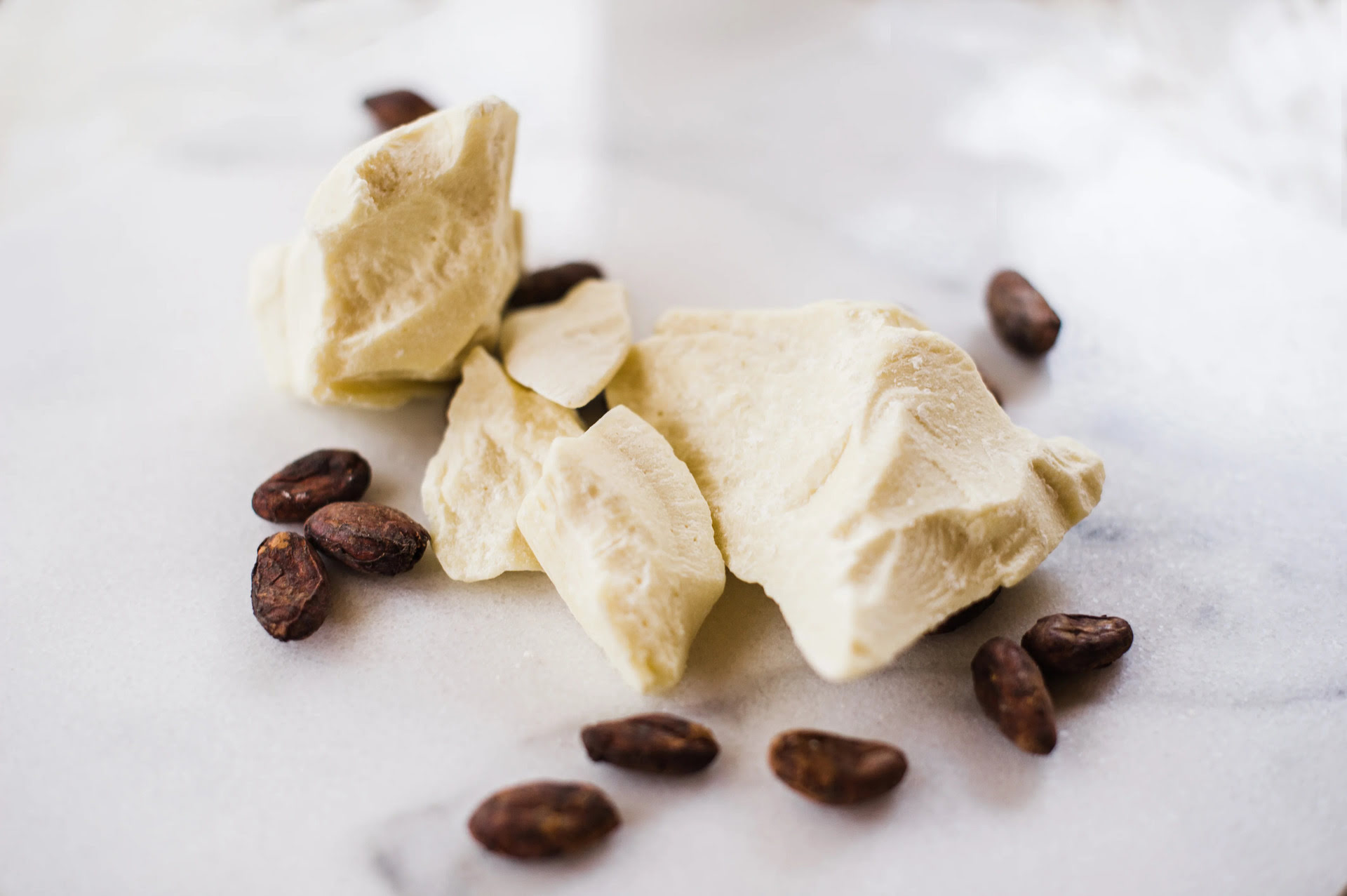
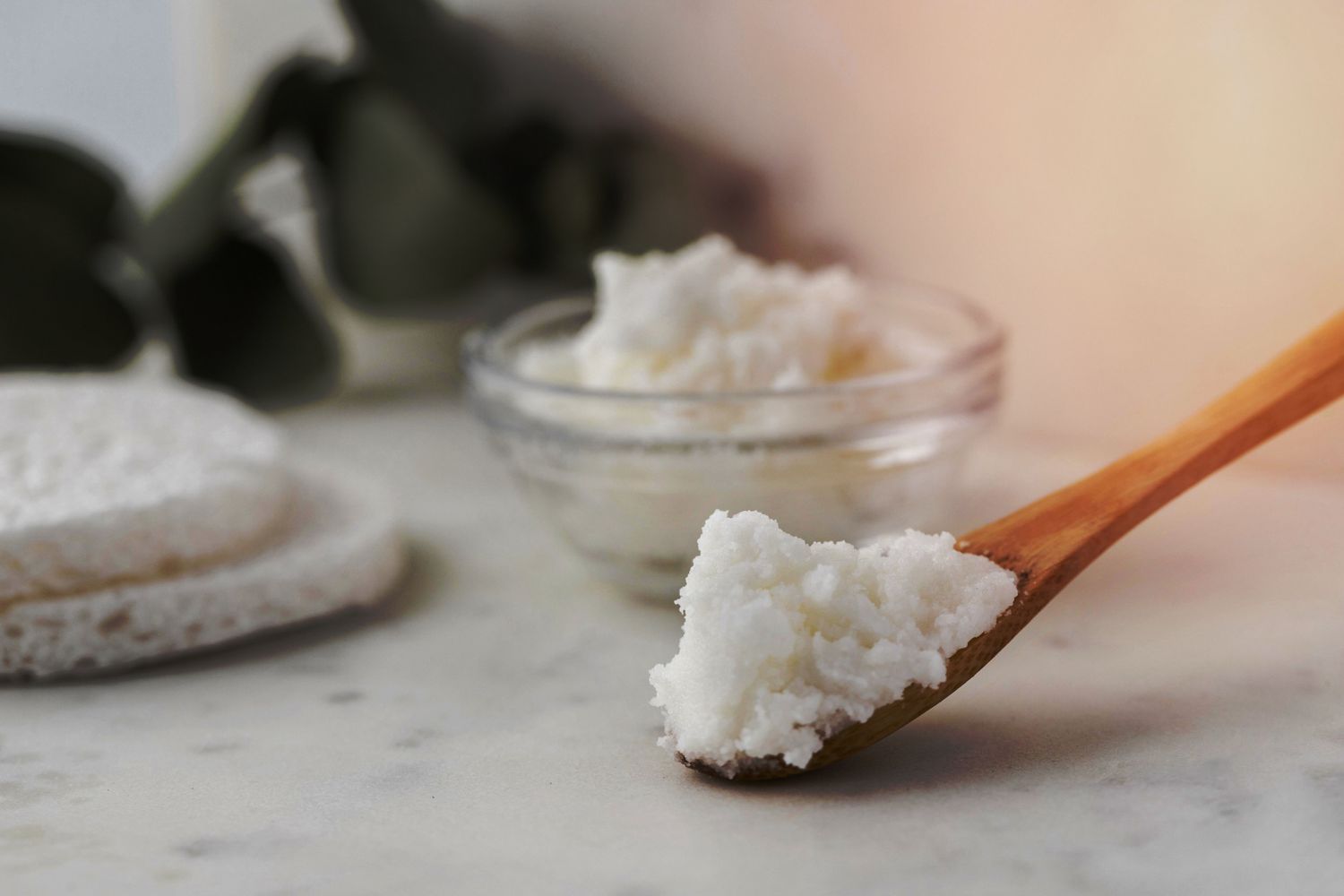
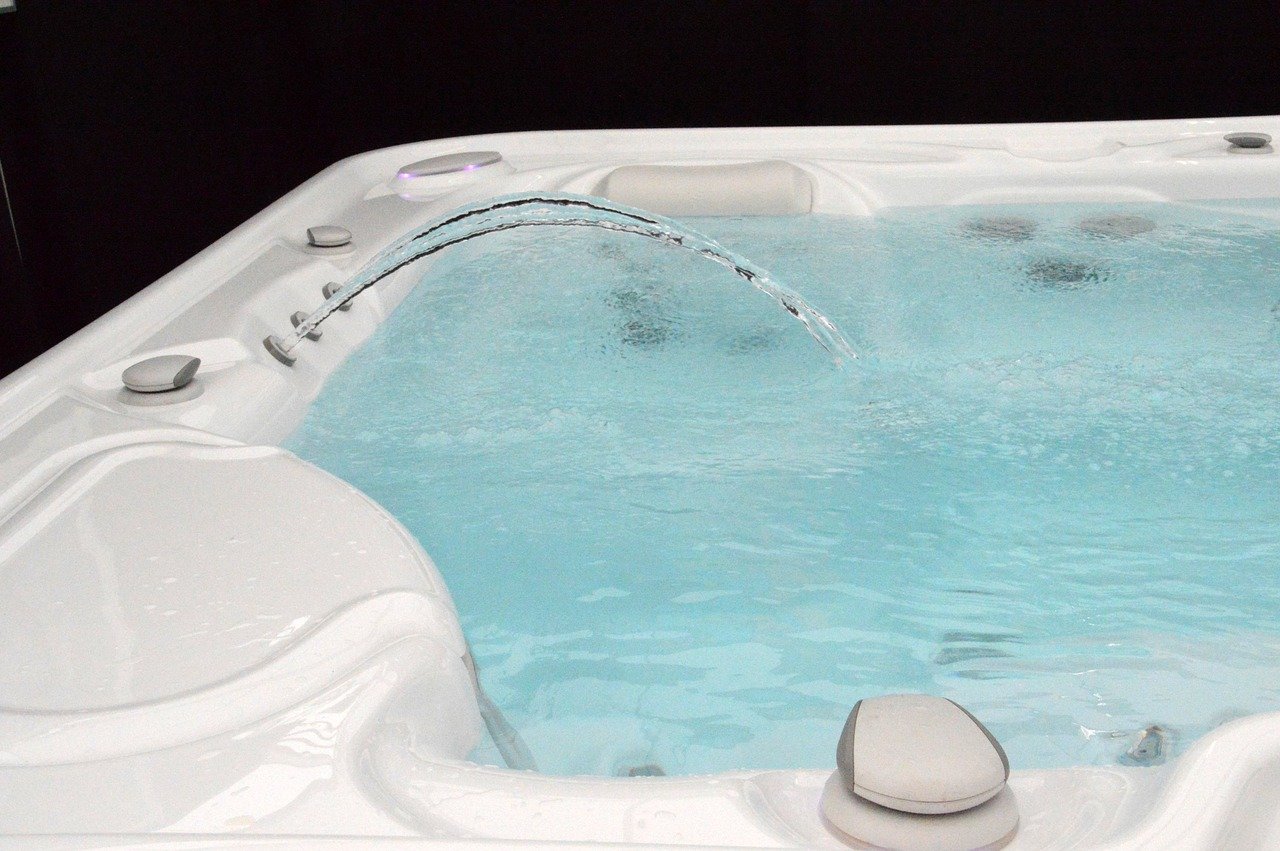
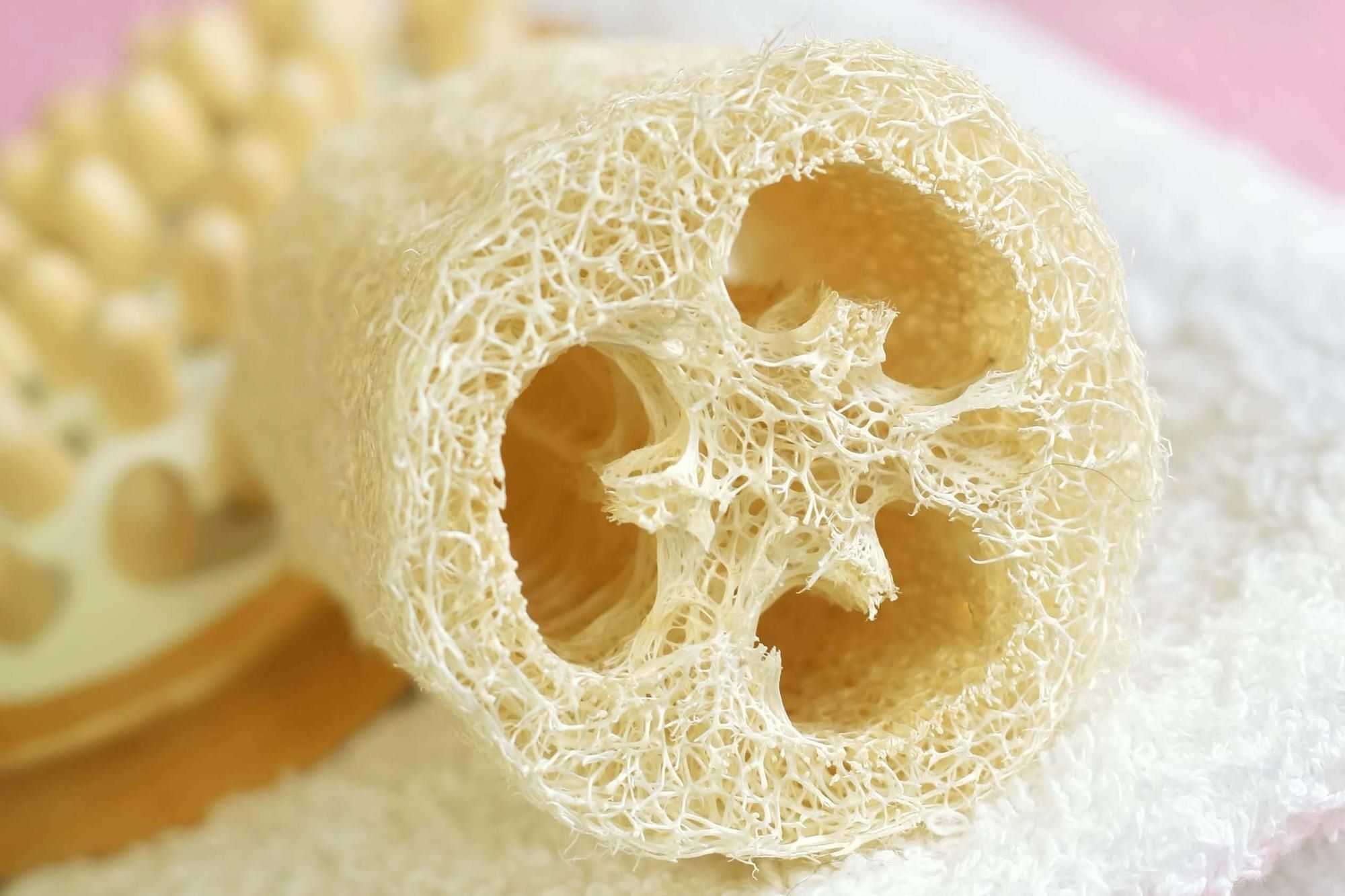

0 thoughts on “How To Soften Butter With A Glass”